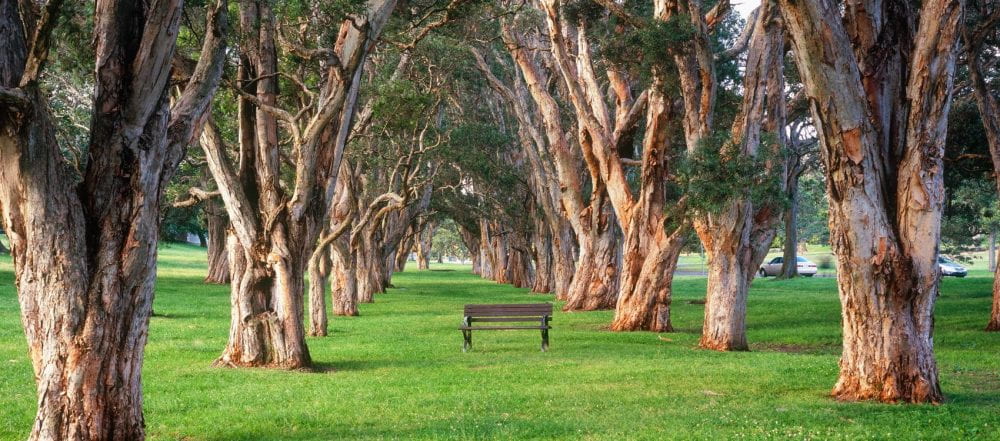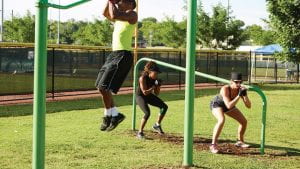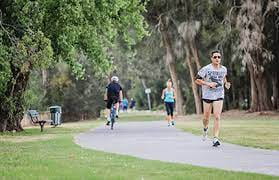Exposure to Green Spaces directly has a positive impact on physical and public health. Green spaces promote physical activity by providing the community with sites to engage in recreation. By providing places to walk, run, ride a bike, and play team sports is associated with enhanced individual health by reducing the risk for all-cause mortality and many chronic diseases. The Sydney greening plan stated, “The quality of open space and public domain is very important in meeting the needs of a healthy community” (pg. 9). With improving the health of the community, the associated health operating costs will be lowered as well. Sydney’s plan also stated, “and thereby promote better health and quality of life for people who live in the City” (pg. 18).
Engaging in regular physical activity is protective against:
- poor cardiovascular health (heart disease, stroke)
- obesity
- hypertension
- diabetes
- and much more!
Focusing on the obesity epidemic, genetic factors contribute, but rapid increases in obesity suggest that individual behavior patterns such as low levels of physical activity, appear to powerfully influence obesity trends. Engaging humans in physical activity is a huge success for greening. Expanding green spaces and making greening a habit in every city and town is beneficial to reducing obesity and creating a health population. Children with more access to parks and recreational facilities are more active than children with less access, and most results for adults are similar.
These physical benefits directly correlate to mental health aspects as well. Mental health is physically benefited with the presence of greening and green spaces. Citizens feel reduced stress, better moods, higher behavioral energy, and more self-esteem. Interaction with nature and animals is important to adult and child development and well-being.
Public Health Aspect:
Overall, by engaging the community in physical activity, social interaction, and the environment there are positive impacts that improve public health. Urban cities struggle with equity and socioeconomic gaps. This means that many citizens do not have access to green spaces simply because there is none, or they are of poor quality, or their socioeconomic status prevents them. Park access and socioeconomic status are directly linked, meaning race/ethnicity, income, and location are play a role in this challenge. This challenge is linked to why public health levels are low in these struggling urban cities, due to the lack of promoting physical and social engagement. This can be caused by low-income communities, especially of color, having far less to spend on parks and recreation and having less non-profit resources as well (Wolch, et al., 236). The physical, mental, and social health aspects are all individually increased with the presence of greening and green spaces. Greening and green spaces display the act of prolonging life and improving quality of life through organized efforts and informed choices of society, organizations, communities, and individuals.


